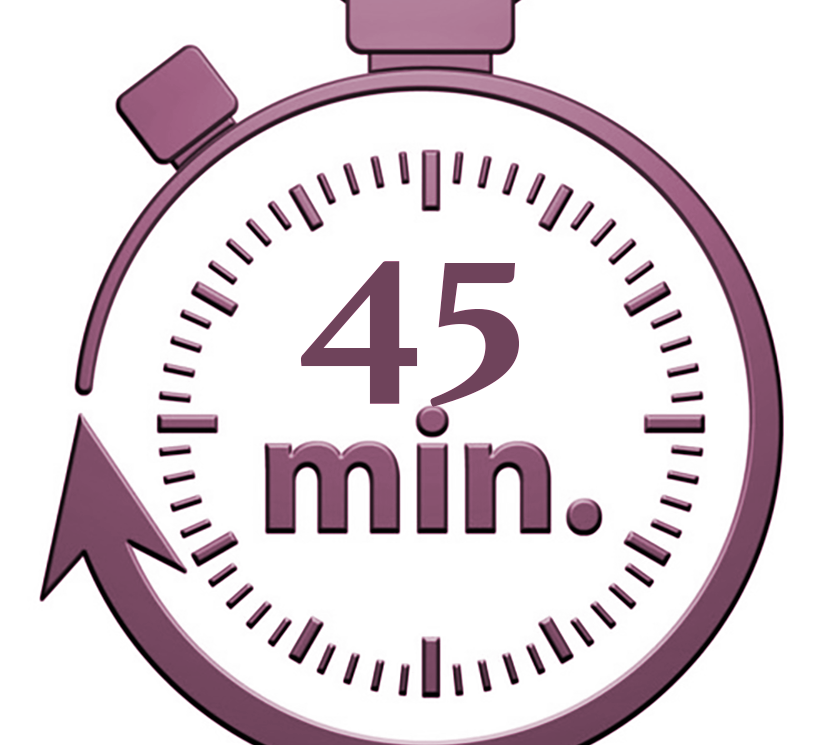The Covid 19 pandemic has forced a lot of changes in organizations in almost every industry.
Granted, many organizations have well-structured systems to help them keep afloat after events like power outages, natural disasters, and even cyber-attacks. These systems, regardless of how elaborate they are, weren’t able to fully address unknown variables like the outbreak of the Novel coronal Virus.
Even now that many people have been vaccinated and businesses have started to open up, many business sectors are still undergoing changes.
In this article, we will be looking at how IT operations in many organizations have changed after Covid. Before we dive right into that, we will first look at the importance of IT (information technology) in the business space.
The role of Information technology in business
IT has helped a lot of start-ups and large corporations achieve their goals and soar to new heights. It has armed businesses with the tools they need to solve complex problems through the use of smart applications and collaborative software and tools that makes it easier to analyze data and do research.
Making a good business decision has never been this easy. Without help, it is easy to overlook important factors, make laughable mistakes, and arrive at mistaken conclusions. Information Technology can help turn things around and help businesses make better decisions.
As you likely know, a good business decision is based on accurate market research. With Information Technology, teams can carry out surveys to learn about the needs of their customers. With this information, they will easily make intelligent decisions that will help them thrive without having long meetings at conference rooms and using AV management tools.
A close look at how IT in organizations has changed Post Covid
Increased reliance on IT
Since Covid, many businesses and organizations have become highly reliant on IT to ensure the smooth running of their core operations.
Presently, the key sectors of many businesses (supply chain and human resources) aren’t working at 100% even after the pandemic. To overcome this, organizations need solid intelligence to create an alternative route to achieve their goals. With information technology, businesses will be able to glean all the information they need to make strategic decisions and elaborate plans that will help them thrive in the post-Covid era.
Embracing IT to increase flexibility
A lot of businesses with rigid structures embraced flexibility during the Covid 19 pandemic. During the lockdown, they started to see the beauty in flexible working schedules. Even after Covid, businesses are still going to opt for IT solutions and flexible technology initiatives.
Increase in IT budget
IT has always been an integral sector in many organizations, even before Covid. To cope with the changes that occurred in the businesses space because of the pandemic, more attention was given to information technology.
Even after the lockdown, businesses will still spend a huge sum of money on IT operation and solutions to strengthen their infrastructure and automate their key operations.
Final note
The future of Information technology is indeed bright. Even when things return to normal, many organizations are going to need IT solutions to get an edge over their competitors and glean valuable information that will help them address the need of their customers better.



